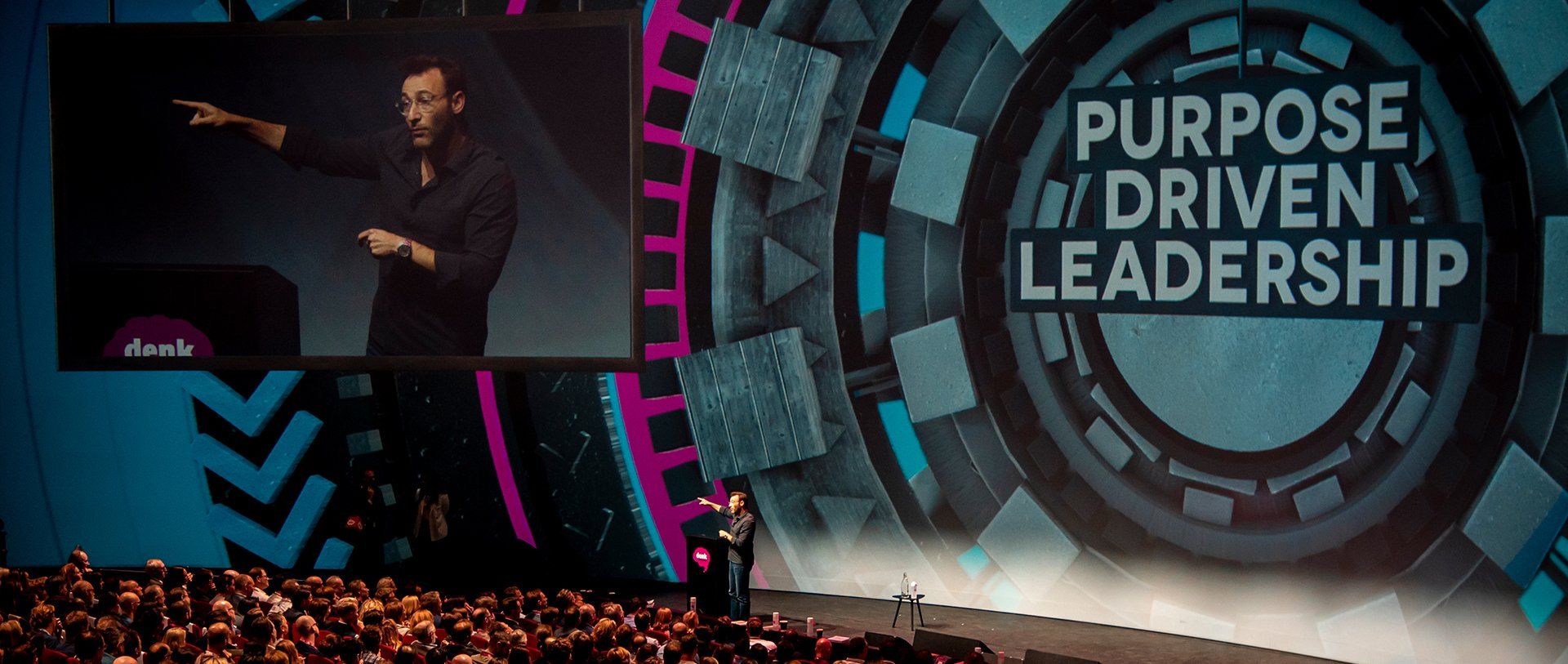How your organization can get the most out of video marketing
Is video worth it?
You might be wondering if it's worth investing resources in video marketing. Video is an incredible tool that helps you reach your target audience and build relationships. Organizations who use video throughout their campaigns increase their revenue on average 49% faster than those who don’t! Video converts because video connects with the audience. Read on to learn more.

1. Why video can help you reach your goals
Storytelling can create an emotional reaction within your customers. Understanding what they want, why they do what they do, is crucial to tell a story that has impact on their lives and your business.
Research shows that 95% of our purchase decision making takes places subconsciously. Because these decisions are mainly made based on emotion, when done right, video strategy taps into this emotional aspect of the buying process.
Here's a couple ways how video can help you reach your goals:
- Video adds the human touch and helps build trust.
- Video naturally increases social media engagement/sharing, especially on mobile.
- Video content ranks higher in search results and gets more easily shared.
- Streamline all internal communication, saving time & money.
- Promote your company culture, recruit and retain talent.
- Bring your complex products or services to life.
- Visualize stats, numbers and figures with animation across time.
A couple fun facts about the power of video:
- Facebook ads video: 10 to 30% more views and attract up to 11% more people on the feed.
- Landing Page video: Can increase conversion by 80%.
- Product Page video: Visitors are 60-85% more likely to buy after watching.
- Email with embedded video: Can increase click-through rate by 95%.
2. Building a Video Strategy
Now which type of video should you use? As with any marketing campaign it is vital to define your goals at the beginning of the process.
Do you want to increase your click-through rate on your site? Increase product sales? Improve your brand awareness?
Once you determine what you want to achieve, you can select the type of video that best suits the goal. Each department in your organization will have different goals and will need different types of videos. Define for each department what they need and which videos your planning on making. Think about when, where and how you will distribute them. When you combine the planning for each department you can develop a company-wide strategy. I do recommend using SMART goals to make sure everybody is on the same page. This will help to avoid ambiguous video objectives that are unrealistic. Stick to the plan, be patient, reflect, adapt and you’ll see real and relevant business results that hit your targets. To avoid fear of failure getting in the way of achieving results. It's smart to work with hypotheses and testing out different styles of video content to see what works with your target audience.
Specific
Measurable
Attainable
Relevant
Time-based
Bonus Tip: Be very clear about the one thing you want the audience to remember of the video. And one thing you are trying to achieve with the video. Videos can be multifunctional but be sure you stay on target and communicate clearly. Make things as simple as possible but not simpler than that.

3. The right type of video at the right time
Often one video will not be the answer to all of your problems. You'll have to think broader than creating just one video. Each of your videos should align to the
customer’s stage in your funnel. Each step of the funnel will need a different type of video. Here's a couple things to think about when it comes to your funnel and the type of videos you can implement to achieve your goals.
Awareness: Attention-grabbing Videos, Company Brand Videos, Educational/Advice videos, Product Demos
Consideration: Tutorials, Product Comparison Guides, Expert Guides, Explainers, Vlogs, Webinars, Social Proof
Purchase: Explainer Videos, Webinars, Product Demos, Customer Stories, Company Culture videos, FAQ Videos, Instructional Videos
Loyalty: Thank you videos, Personalized Videos, Customer Delight Videos
And a couple of elements you can consider when creating your videos:
- Tone of voice ( corporate, playful, warm, cold, funny, serious)
- Format (square, portrait, vertical, 16:9, 1:1)
- Length (short, medium, long)
- Distribution channels (YouTube, Facebook, Instagram)
No matter which company or industry you are in, the essence stays the same. You're trying to communicate with your audience, provide them of value by solving a problem. And you want to continue doing this at an increasingly larger scale. Video helps you to truly connect with your audience and transform your brand’s content. Video allows you to tell a story, to create a feeling, not just promote a product or service. You can tell a story that transforms your audience from a state of not knowing about your product to wanting it and converting them into loyal customers. Video is a powerful, multi-purpose visual communication tool. Keep in mind, online video is different from traditional media. Online video can reach a more niche audience and deliver a personalized message segmented towards specific demographics.
As always:
write, shoot, edit, repeat. Make a strategy, implement it and analyze your videos. Learn from the new data and start creating again. Good luck and keep grinding.

